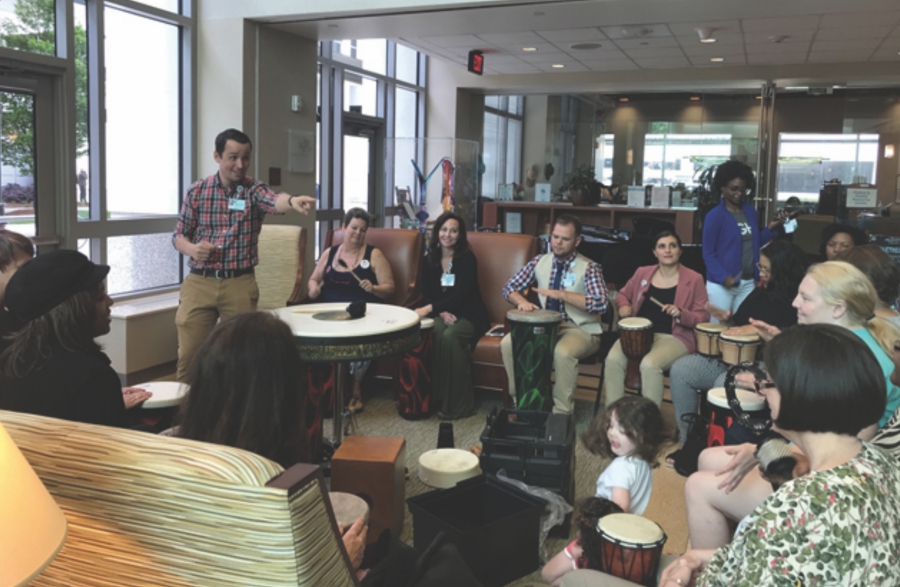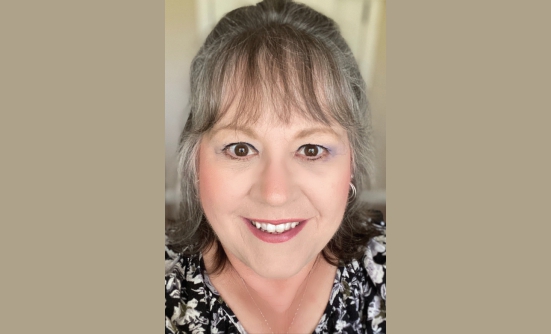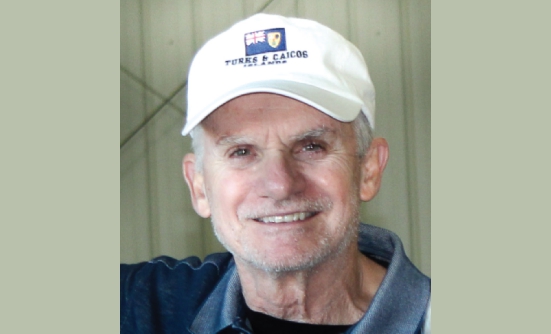The American Music Therapy Association defines music therapy as the clinical and evidence-based use of music interventions to accomplish individualized goals within a therapeutic relationship. The music therapist must be a credentialed professional who has completed an approved music therapy program.1
As much as music therapy treatment is about working toward medical goals, it is also about the relationship the patient has with the music and the music therapist. Music is a clinical tool, and music therapists are highly skilled musicians who are trained to use live music in specific and evidence-based ways to help people with certain issues.
Many people with cancer who are experiencing side effects—such as pain, nausea, anxiety, and sleep problems—from their cancer or the cancer treatment they receive can benefit from working with a music therapist. These cancer-related side effects are treated in many ways, depending on the unique situation of each individual patient.
Do I Have to Be Musical to Benefit?

Most people who are referred for music therapy can benefit in some way from this treatment, unless a person does not like music. It is the job of the music therapist to blend music experiences with a patient’s needs to meet clinical goals, no matter their musical ability.
Although being treated by a music therapist is the best case, there is not always a music therapist available when someone is having symptoms. Luckily, the brain and the body react to music strongly on their own.
When listening to music, the body naturally releases opioids, which are natural painkillers our body makes. Dopamine and oxytocin are hormones increased in the body when creating and/or listening to music.2
The increased levels of these hormones help you feel more relaxed and positive. This is also one of the many reasons why it feels good to listen to and create music.
Music Therapy During COVID-19

As with much of healthcare today, music therapy has made a shift to virtual care during the pandemic. Telehealth music therapy services are being offered at many hospitals and treatment centers today, to increase access to services, and in some instances, provide new services that are likely here to stay.
One example of music therapy during virtual care is the ability to provide in-home treatment 24 to 48 hours after chemotherapy, which is when many patients have the most side effects from the treatment.
Music therapists are also offering virtual groups, where they engage patients in music-assisted relaxation techniques, song writing, and song discussion.
In other cases, patients who live too far away, or those who are afraid of contracting COVID-19 these days, can now participate in individual and group sessions—another benefit of offering telehealth music therapy.
Breathing with Music
An easy way to use music is by combining slow, deep breathing with slow music of the listener’s preference. There is not one type of music that works better than another, and it is best to pick something that you will enjoy.
Whatever type of music a person enjoys is the music a music therapist will use in clinical situations, and it is the music the listener should choose when the person is trying to reduce the symptoms on his or her own.
Sometimes just listening to music can be helpful, but if you need more help, and a music therapist is not present, try the following exercise, to relieve anxiety and/or pain:
- Cue up music you know that is relaxing for you and press “play”
- First notice your breathing, and then, after a few minutes of just focusing on your breathing, begin to take deeper breaths
- If the music is slow enough, breathe in for 4 counts with the music, and breathe out for 4 counts
- Do this a few times, then try breathing in for 4 counts, then out for 8 counts, still in tempo with the music if applicable
- If this is uncomfortable, just allow your breathing to be slow and natural
- If you find your thoughts drifting, that’s okay. Just gently bring your attention back to the music.
To find a music therapist near you, visit www.CBMT.org and click on “Find a Music Therapist” on the left side.
References
- American Music Therapy Association. Definition and Quotes about Music Therapy. www.musictherapy.org/about/quotes.
- Salimpoor VN, Bosch IV, Kovacevic N, et al. Interactions between the nucleus accumbens and auditory cortices predict music reward value. Science. 2013;340(6129):216-219. https://science.sciencemag.org/content/340/6129/216.abstract.
Key Points
- Human connection with music as a healing agent is old, and is ingrained in our daily experiences
- Music is a mood-modifier and a mood-enhancer tool
- Start with music that is matching your mood, and move to music that helps you feel positive
- Breathe in tempo with the music if it is slow and comfortable to do so
- Virtual music therapy can be very useful within 24 to 48 hours of receiving chemotherapy, when many patients have the most side effects from the treatment
- An easy way to use music is combining slow, deep breathing with slow music of your preference
Patient Resources
American Music Therapy Association
www.musictherapy.org/about/find
Certification Board for Music Therapies
https://my.cbmt.org/cbmtssa/f?p=CRTSSA:17800:7696821867135:::17800
















